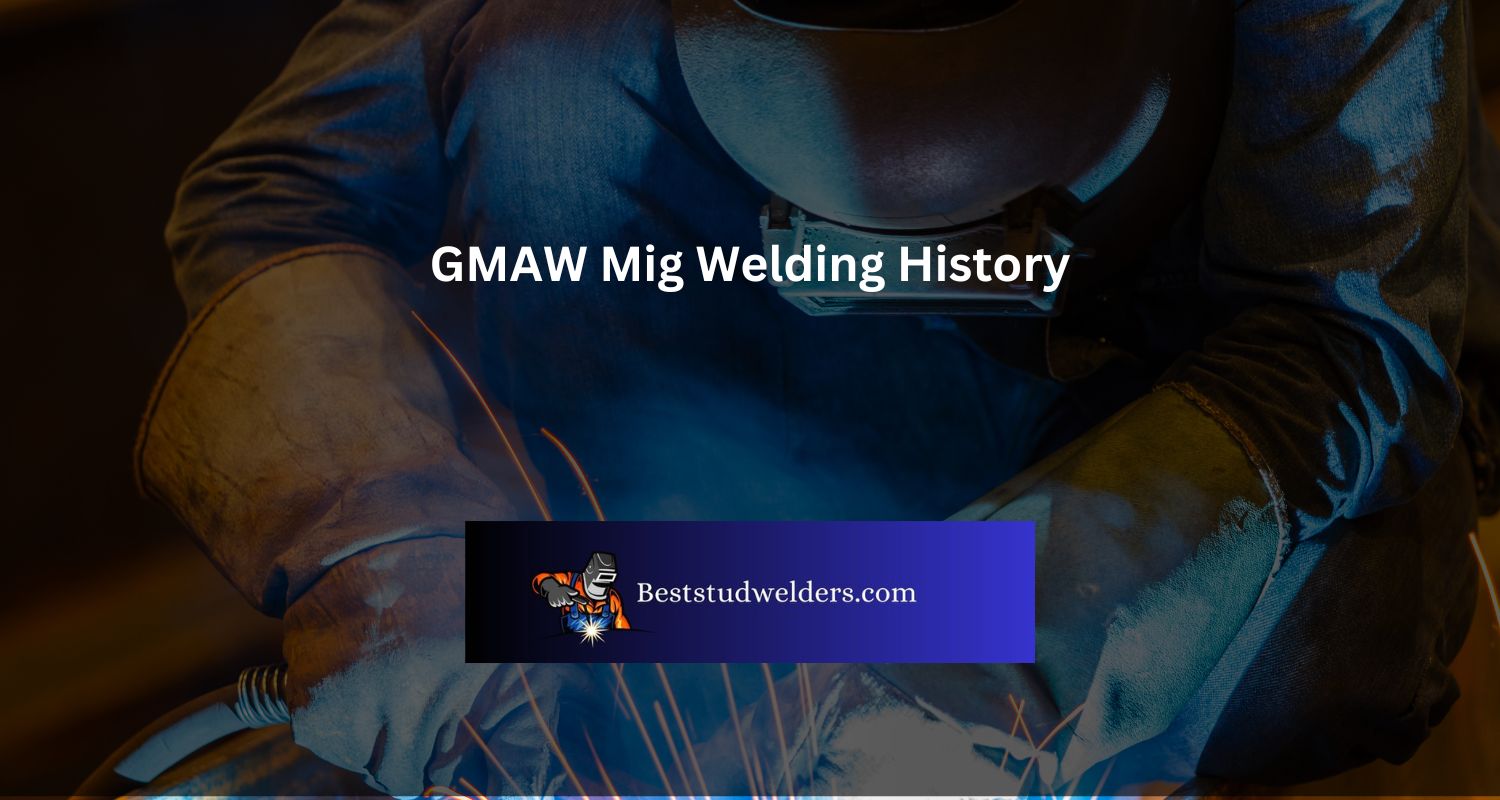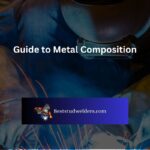GMAW, or MIG Welding, has its roots in the late 1940s. It was created to meet the need for faster welding during World War II. Over time, it has become one of the most used welding processes in industrial applications. This is thanks to its versatility, speed, and simple use.
GMAW uses electric current to form an arc between a wire electrode and the metal being welded. The heat from the arc melts both, bonding them when cooled. It requires fewer electrode changes than other manual welding methods and no joint preparation work.
The combination of GMAW and robotics brings about great productivity and quality. It is gaining more and more use in industries like construction, automotive manufacturing, aerospace and shipbuilding.
Safety must be a priority when welding with GMAW. It produces a lot of heat and sparks, which can cause injury or damage.
History of Welding Techniques
The history of metal-working is ancient. Welders have developed techniques over time. Fire was used in its simplest form. Improvised methods became popular as they were more efficient.
A table of historical welding techniques is given below:
| Welding Technique | Year | Origin |
|---|---|---|
| Forge Welding | 4000 BC | Egypt |
| Arc Welding | 1802 | Europe |
| Oxy-Fuel Brazing | 1903s | America |
| MIG Welding | 1948 | Britain |
These have helped shape welding technologies.
Forge welding was popular during the Bronze Age as bronze has a lower melting point than iron. Sir Humphry Davy discovered arc-welding with the Short Arc lamp effect. MIG welding was developed from GMAW after WWII. It uses shielding gases such as argon to reduce surface porosity and deliver stronger bonds.
GMAW or Gas Metal Arc Welding
Gas Metal Arc Welding (GMAW) is a popular welding method. It uses an electric arc and wire electrode to heat the metal, creating a weld. Benefits include high speed, top-quality welds, and low spatter.
Selecting the right shielding gas is important for strength, appearance, and quality of the weld. The following table shows the Shielding Gases used in GMAW.
| Shielding Gas | Advantages | Disadvantages |
|---|---|---|
| Carbon Dioxide (CO2) | Inexpensive, High Penetration | High Spatter Levels, Porosity |
| Argon (Ar) | Low Spatter, Good Bead Appearance | Less Penetration |
| Helium (He) | Deep Penetration | Expensive |
GMAW with pulse technology is more precise than regular methods. To get optimum results, use proper wire feeding, calibrate the machine, pick the right filler material, and give access to both sides of the welded metal parts.
Before welding, check all components for cleanliness. Clean gloves, clean filler material, and clean workpieces are essential for consistent quality results.
The Evolution of Mig Welding
A Table showing crucial milestones in Mig Welding’s history is below:
| Milestones | Year |
|---|---|
| Invention | 1948 |
| Solid Wire | 1950 |
| Use of Inert Gas | 1953 |
| Mild Steel welding wire | 60s |
| Flux Cored Wire | 70s |
It’s important to note that the invention of Flux Cored Wire changed the industry. It allowed for higher productivity and eased transportation by removing the need for external gas tanks. This was a huge turning point for Mig Welding.
The true story of Mig Welding’s Evolution began when a team from the Battelle Memorial Institute tried to improve Arc Welding.
They replaced electrodes with a wire electrode that was constantly fed, which led to the invention of GMAW (Gas Metal Arc Welding) or Mig Welding. This was initially made for non-commercial use like aerospace applications.
.jpg)
Applications of GMAW or Mig Welding
GMAW or Mig Welding is frequently used in many industries and uses. It is well-known for its versatility and efficiency. Common applications include:
| Auto industry | Metal product fabrication |
| Construction sector | Manufacturing industry |
| Maintenance and repairs | Shipbuilding |
GMAW welding is also great for the aerospace industry, as it is precise and detailed. It is also commonly used in the food and beverage industry, as it releases less smoke and spatter than traditional welding techniques.
A Pro Tip: Choosing the right shielding gas is vital for GMAW welding. Always check the manufacturer’s guidelines before selecting one.
Conclusion
GMAW- Mig Welding evolution is remarkable. The welding industry is always innovating and this process has proven its versatility and ease. Quality welds, better efficiency and lower costs have been achieved.
In 1935 P.O. Nobel created the first continuous electrode wire, a major breakthrough for faster and more efficient welding. H.M. Hobart further refined the process.
GMAW is an integral part of many industries, like construction, automotive, aerospace and manufacturing. It offers great control of arc, with minimized spatter and high productivity.
Frequently Asked Questions
When was GMAW developed?
GMAW was developed in the 1940s in the United States by the Battelle Memorial Institute. It was initially used to weld aluminum and other non-ferrous materials.
When was Mig welding invented?
MIG welding, also known as Metal Inert Gas welding, is a type of GMAW that uses a gas shield to protect the weld from a number of contaminants. It was invented in the 1940s by the Linde company, but the process was refined by the Battelle Memorial Institute in the 1950s.
What are the advantages of GMAW-MIG welding?
GMAW-MIG welding has several advantages over other types of welding. It is faster and easier to learn than other welding processes like TIG welding, it produces less weld spatter and slag, and it is highly versatile, allowing it to be used on a wide variety of metals and thicknesses.
What are the different types of shielding gases used in GMAW-MIG welding?
The most common shielding gases used in GMAW-MIG welding are argon, helium, and carbon dioxide. Argon is generally used for welding aluminum, while carbon dioxide is often used for welding steel. Helium is used to increase heat input in some special applications.
What industries commonly use GMAW-MIG welding?
GMAW-MIG welding is used in many industries, including automotive, aerospace, construction, and manufacturing. It is particularly useful in the fabrication of products that require precision welding and high-quality finishes.
Paul Dixon is a certified welder with a wealth of experience in welding and related technologies. He started his career as an apprenticeship in welding, where he learned the ropes and acquired extensive skills in the craft.
Over the years, Paul has continued to sharpen his expertise, earning him top-rated welding certification. He remains one of the most outstanding welders in the industry.







